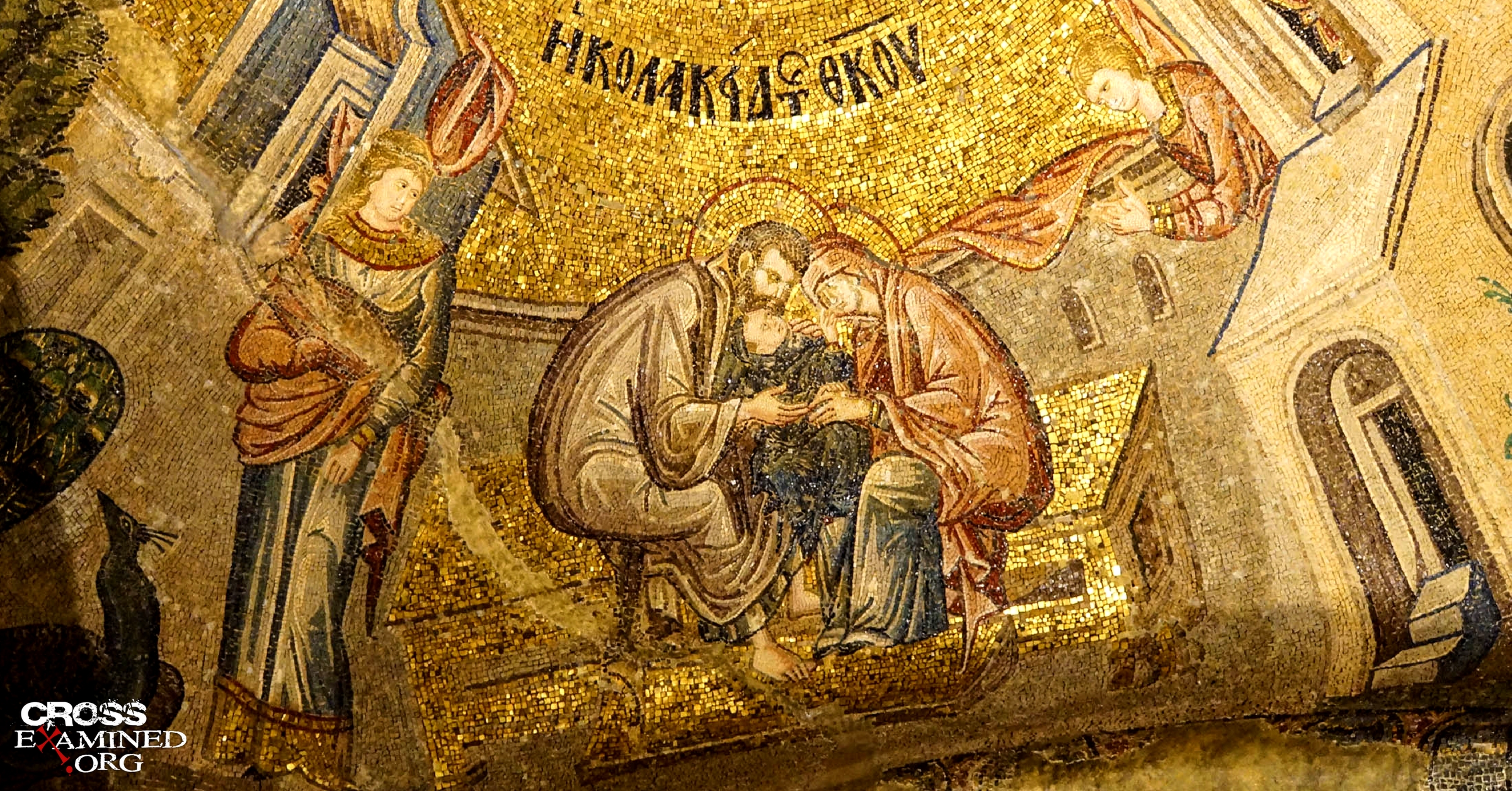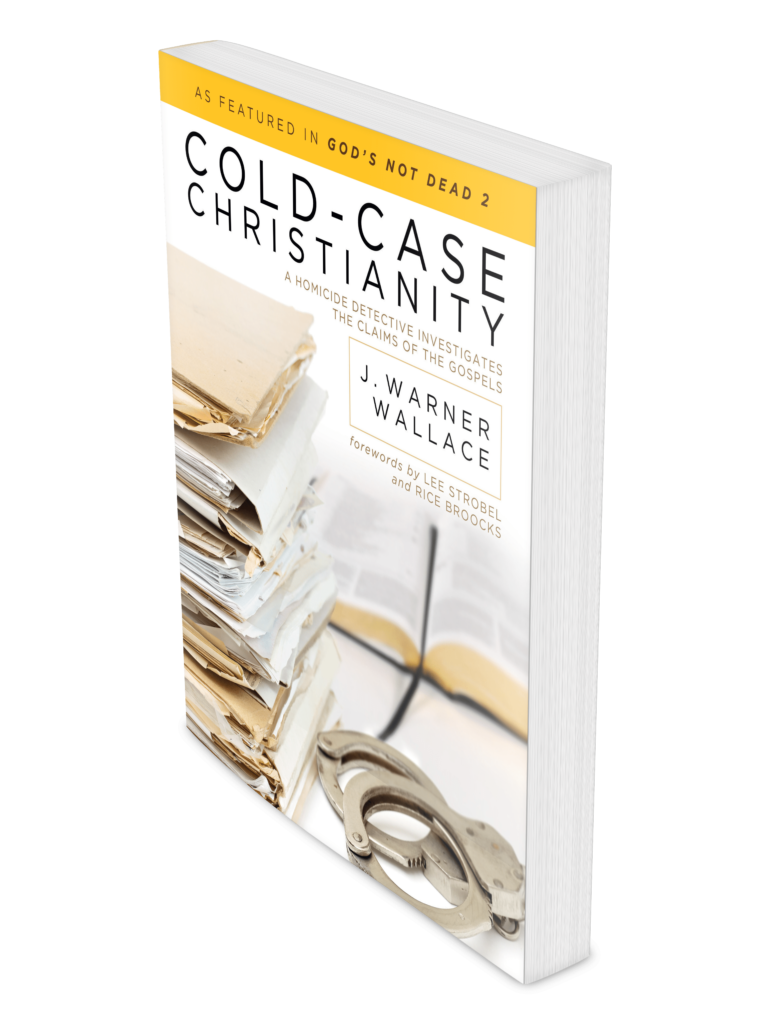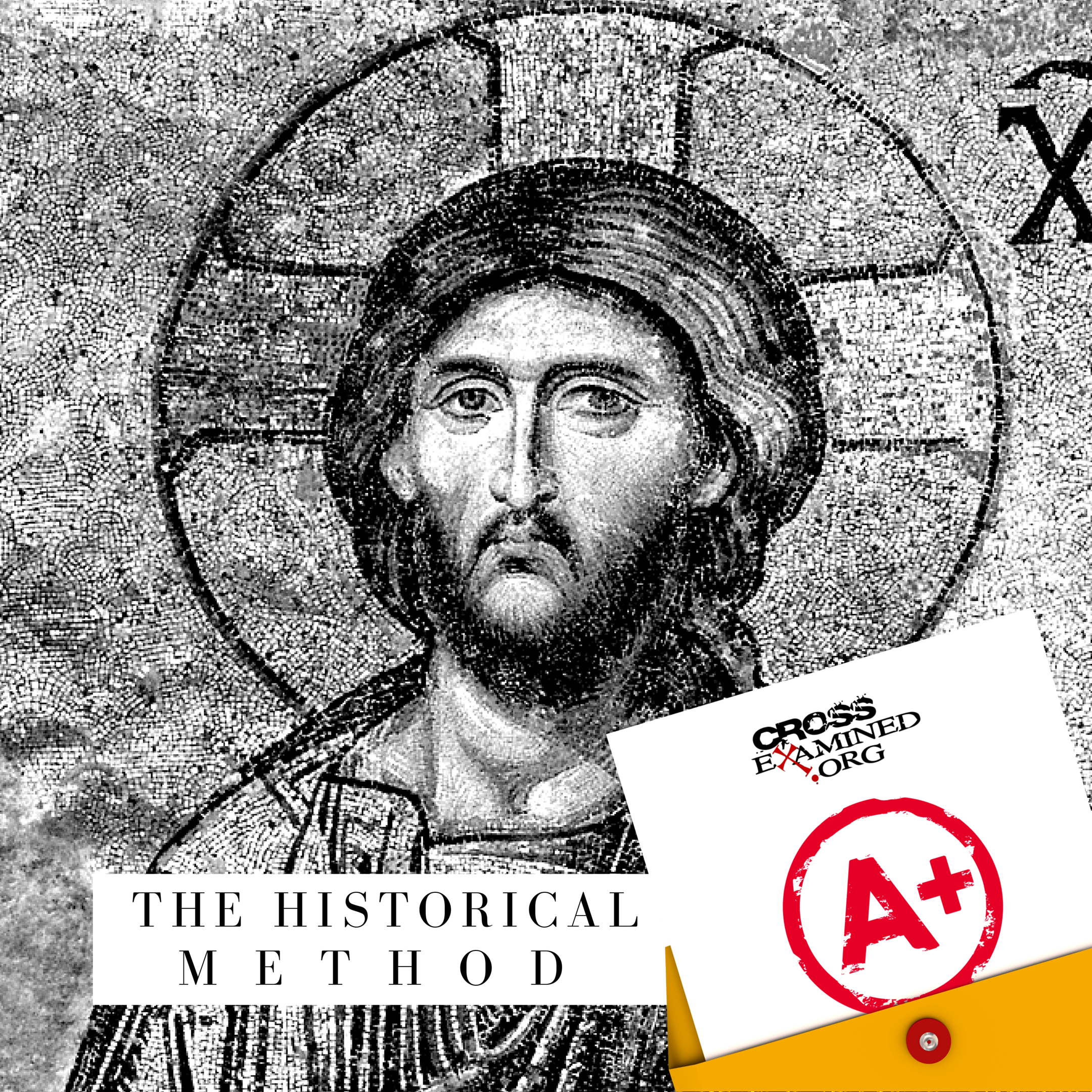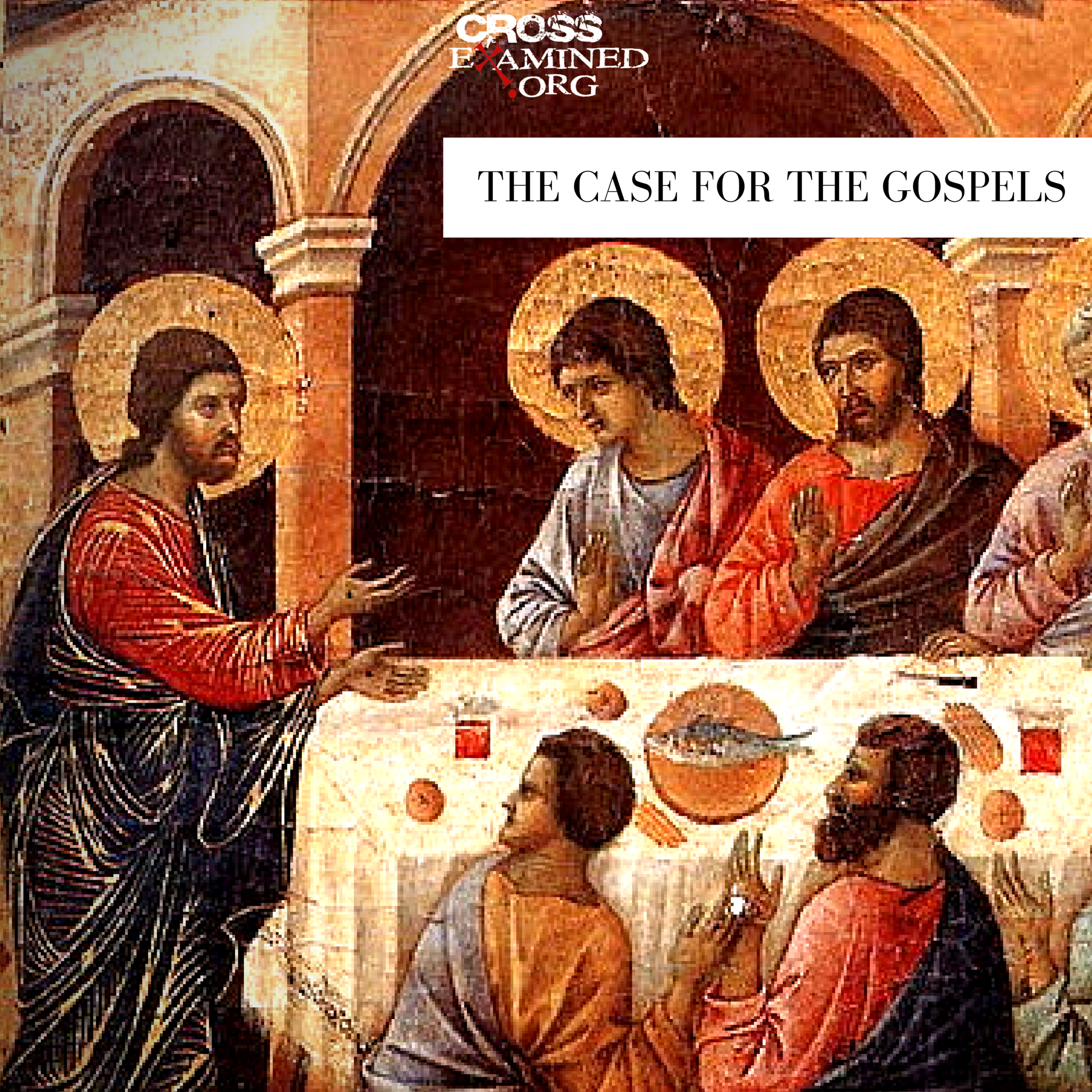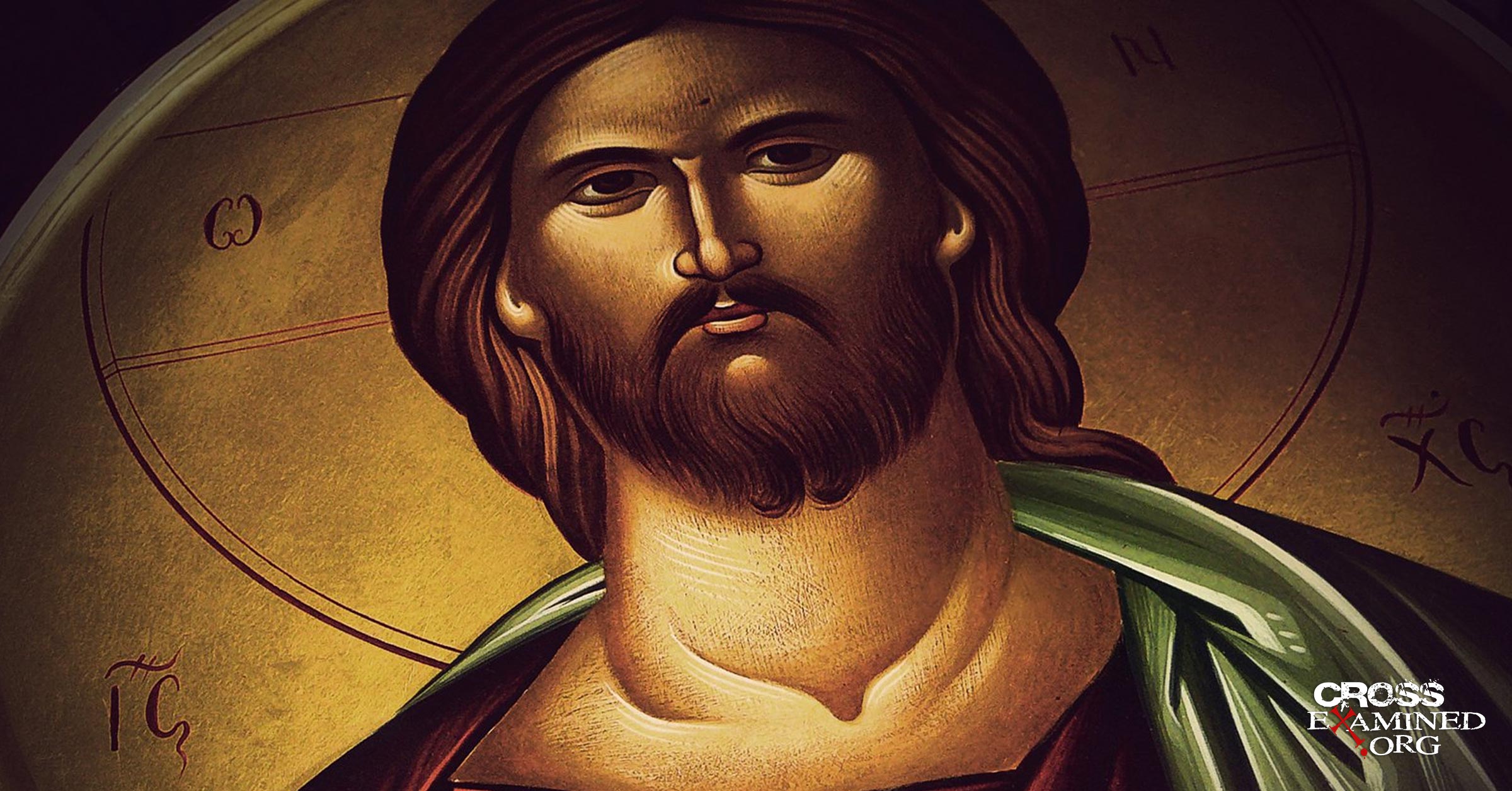By Brian Chilton
As we have engaged in our evaluation of Jesus according to the historical method, my previous articles have demonstrated that the historical Jesus passes the historical method with flying colors. However, we must continue our quest in asking, “Do we have eyewitness testimony concerning Jesus of Nazareth?” That is, do we have the accounts of Jesus from those who personally knew him? If someone is investigating a person or an event of history, the investigator will want testimony from those who actually knew the person, or witnessed the event.
Admittedly, this area of study pertaining to the historical Jesus is among the most controversial. Many prominent New Testament scholars hold that the accounts that we have of Jesus come from second-hand sources, which would eliminate any eyewitness account that one possesses of the historical Jesus of Nazareth.
But hold on! Not so fast! There are just as many scholars who hold that the testimonies in the New Testament come from eyewitnesses. This article will examine the reasons for holding that the Evangelists record eyewitness testimony. The second installment will look into the weight of this eyewitness testimony as it tells us who provides the witness. For this investigation, we will examine the Four Gospels. Since at least 7 letters of Paul are undisputed and since I have previously discussed the pre-NT traditions found in Paul’s letters, we will not focus on proving the eyewitness nature for his material.[1]
Internal Evidence of the Gospels
Within the Gospels, one can find reasons to hold that the testimony comes from eyewitness testimony.
Internal Testimony of Matthew
Matthew has traditionally been ascribed to the disciple Matthew who was a former tax-collector. It is odd that the church would ascribe the Gospel to one who was a tax-collector if it was not true. Tax-collectors were hated in ancient times. Internally, one finds reasons for holding Matthean authorship. Blomberg writes,
“This author, at least of an original draft of this book (or one of its major sources), seems quite probably to have been the converted toll collector, also named Levi, who became one of Jesus’ twelve apostles (cf. 10:3; 9:9–13; Mark 2:14–17).”[2] In addition, Cabal adds that “The Gospel also contains clear evidence that the author possessed a strong command of both Aramaic and Greek, something that would be a prerequisite for most tax collectors. Furthermore, the author of Matthew used the more precise term nomisma for the coin used in the dispute over tribute (Mt 22:19) than Mark’s and Luke’s denarion (Mk 12:15; Lk 20:24).”[3]
This would have been something that a tax-collector would have known.
Internal Evidence of Mark
The church unanimously agreed that John Mark had recorded the eyewitness testimony of Simon Peter in the Second Gospel. The internal nature of Mark’s Gospel seems to indicate that John Mark was indeed the author. Grassmick notes that
“Several features also point to the author’s connection with Peter: (a) the vividness and unusual detail of the narratives, that suggest that they were derived from the reminiscences of an “inner-circle” apostolic eyewitness such as Peter (cf 1:16–20, 29–31, 35–38; 5:21–24, 35–43; 6:39, 53–54; 9:14–15; 10:32, 46; 14:32–42); (b) the author’s use of Peter’s words and deeds (cf. 8:29, 32–33; 9:5–6; 10:28–30; 14:29–31, 66–72); (c) the inclusion of the words “and Peter” in 16:7, which are unique to this Gospel; and (d) the striking similarity between the broad outline of this Gospel and Peter’s sermon in Caesarea (cf. Acts 10:34–43).”[4]
The tradition that Mark records Simon Peter’s testimony is affirmed by the internal nature of the Gospel as well as the external witness which will be given later in the article.
Internal Evidence of Luke
The physician Luke is normally ascribed to have been the author of the Third Gospel. Internally, one finds evidence for this association. While Luke was not an eyewitness, Luke acknowledges his use of eyewitness material by saying, “just as those who from the beginning were eyewitnesses and ministers of the word have delivered them to us” (Luke 1:2).[5] Thus, Luke never claims to be an eyewitness but uses eyewitness material.
Internal Evidence of John
The Fourth Gospel is normally ascribed to the apostle John. John is nearly universally agreed to have been the last Gospel written. While some may disagree, the episodes of the “disciple whom Jesus loved” (John 13:23; 19:26; 20:2; 21:7, 20) within the Gospel points to an inner circle disciple. Peter and James are mentioned in such episodes, but never John. The Gospel ends by saying, “This is the disciple who is bearing witness about these things, and who has written these things, and we know his testimony is true” (John 21:24). In addition, the “disciple whom Jesus loved” is assigned by Jesus to care for Jesus’ mother Mary (John 19:27). The letters of early church leader Ignatius confirms this report. Thus, the internal evidence is clear. John the apostle wrote the Fourth Gospel either by his own hand or dictating the information to a student.
Now that we have considered the eyewitness testimony of the Gospels by the internal evidence, let us consider the eyewitness testimony of the Gospels given by external testimony.
External Evidence of the Gospels
The early church was unanimous in their acceptance of the four canonical Gospels. Early on, church father Papias provides a glimpse at how the Gospels were written.
Testimony of Papias of Hierapolis (c. AD 95-130)
Papias may not have personally known John the apostle, although he may have heard John speak.[6] Nevertheless, Papias knew Polycarp and others who knew John well. Papias recorded the following pertaining to the writings of the Gospel of Mark and the Gospel of Matthew that he received from the presbyter (presumably John, but perhaps Polycarp):
“And the presbyter said this. Mark having become the interpreter of Peter, wrote down accurately whatsoever he remembered. It was not, however, in exact order that he related the sayings or deeds of Christ. For he neither heard the Lord nor accompanied Him. But afterwards, as I said, he accompanied Peter, who accommodated his instructions to the necessities [of his hearers], but with no intention of giving a regular narrative of the Lord’s sayings. Wherefore Mark made no mistake in thus writing some things as he remembered them. For of one thing he took especial care, not to omit anything he had heard, and not to put anything fictitious into the statements…Matthew put together the oracles [of the Lord] in the Hebrew language, and each one interpreted them as best he could.”[7]
It must be remembered that we do not possess the entirety of Papias’ writings. However, we are benefited by the documentation of those who knew Papias’ writings well.
Testimony of Irenaeus of Lyons (c. AD 175)
Irenaeus of Lyons probably knew the writings of Papias well. Irenaeus describes the writing of all four Gospels by documenting the following:
“Matthew also issued a written Gospel among the Hebrews in their own dialect, while Peter and Paul were preaching at Rome, and laying the foundations of the Church. After their departure, Mark, the disciple and interpreter of Peter, did also hand down to us in writing what had been preached by Peter. Luke also, the companion of Paul, recorded in a book the Gospel preached by him. Afterwards, John, the disciple of the Lord, who also had leaned upon His breast, did himself publish a Gospel during his residence at Ephesus in Asia.”[8]
These testimonies would find further corroboration by church historian Eusebius.
Testimony of Eusebius of Caesaria (c. AD 325)
Eusebius of Caesaria was a church historian writing around AD 325. He writes the following pertaining to the writing of the Gospels:
“But Luke, who was of Antiochian parentage and a physician by profession, and who was especially intimate with Paul and well acquainted with the rest of the apostles, has left us, in two inspired books, proofs of that spiritual healing art which he learned from them.”[9]
“For Matthew, who had at first preached to the Hebrews, when he was about to go to other peoples, committed his Gospel to writing in his native tongue, and thus compensated those whom he was obliged to leave for the loss of his presence.
And when Mark and Luke had already published their Gospels, they say that John, who had employed all his time in proclaiming the Gospel orally, finally proceeded to write for the following reason. The three Gospels already mentioned having come into the hands of all and into his own too, they say that he accepted them and bore witness to their truthfulness; but that there was lacking in them an account of the deeds done by Christ at the beginning of his ministry.”[10]
Evidence from Dating
We mentioned in a previous article that good reasons exist for holding that the three canonical Gospels were all written before AD 64. Primarily, it was argued that Luke does not record the death of Paul and Peter, quite odd if Acts was written after Peter and Paul’s execution. Some scholars hold that Peter and Paul died around AD 64. If this is true, then Acts must have been written before AD 64, forcing the Gospel of Luke and the borrowed material from the Gospels of Matthew and Mark prior to the 60s. An early dating bodes well for claiming that the Gospels hold eyewitness testimony because the time-frame puts the writings well within the time of the eyewitnesses.
Conclusion
While there are many who deny the authenticity of eyewitness testimony in the four canonical Gospels, I feel that the evidence strongly supports the assertion that the Gospels are based upon eyewitness testimony. If the findings of this article are true, then Matthew and John provide first hand eyewitness testimony, whereas Mark and Luke provide documentation of eyewitness testimonials. In the next section of this article which will be published next week, we will look at the number of eyewitnesses we have in the New Testament alone. The historical Jesus continues to pass the historical methodological test.
Bibliography
Blomberg, Craig. Matthew. The New American Commentary, Volume 22. Nashville: Broadman & Holman Publishers, 1992.
Cabal, Ted, et al. The Apologetics Study Bible: Real Questions, Straight Answers, Stronger Faith.Nashville: Holman Bible Publishers, 2007.
Eusebius of Caesaria. “The Church History of Eusebius.” In Eusebius: Church History, Life of Constantine the Great, and Oration in Praise of Constantine. A Select Library of the Nicene and Post-Nicene Fathers of the Christian Church. Volume 1. Second Series. Edited by Philip Schaff and Henry Wace. Translated by Arthur Cushman McGiffert. New York: Christian Literature Company, 1890.
Grassmick, John D. “Mark.” In The Bible Knowledge Commentary: An Exposition of the Scriptures. Edited by J. F. Walvoord and R. B. Zuck. Wheaton: Victor Books, 1985.
Irenaeus of Lyons. “Irenæus against Heresies.” In The Apostolic Fathers with Justin Martyr and Irenaeus. The Ante-Nicene Fathers. Volume 1. Edited by Alexander Roberts, James Donaldson, and A. Cleveland Coxe. Buffalo, NY: Christian Literature Company, 1885.
Papias. “Fragments of Papias.”In The Apostolic Fathers with Justin Martyr and Irenaeus. The Ante-Nicene Fathers. Volume 1. Edited by Alexander Roberts, James Donaldson, and A. Cleveland Coxe. Buffalo, NY: Christian Literature Company, 1885.
Notes
[1] In addition, we are looking for material for those who knew Jesus during his earthly ministry.
[2] Craig Blomberg, Matthew, vol. 22, The New American Commentary (Nashville: Broadman & Holman Publishers, 1992), 44.
[3] Ted Cabal et al., The Apologetics Study Bible: Real Questions, Straight Answers, Stronger Faith(Nashville, TN: Holman Bible Publishers, 2007), 1402.
[4] John D. Grassmick, “Mark,” in The Bible Knowledge Commentary: An Exposition of the Scriptures, ed. J. F. Walvoord and R. B. Zuck, vol. 2 (Wheaton, IL: Victor Books, 1985), 95–96.
[5] Unless otherwise noted, all Scripture comes from the English Standard Version (Wheaton: Crossway, 2001).
[6] This is an area of dispute. It depends on one’s understanding of Papias’ testimony.
[7] Papias, “Fragments of Papias,” in The Apostolic Fathers with Justin Martyr and Irenaeus, ed. Alexander Roberts, James Donaldson, and A. Cleveland Coxe, vol. 1, The Ante-Nicene Fathers (Buffalo, NY: Christian Literature Company, 1885), 154–155.
[8] Irenaeus of Lyons, “Irenæus against Heresies,” in The Apostolic Fathers with Justin Martyr and Irenaeus, ed. Alexander Roberts, James Donaldson, and A. Cleveland Coxe, vol. 1, The Ante-Nicene Fathers (Buffalo, NY: Christian Literature Company, 1885), 414.
[9] Eusebius of Caesaria, “The Church History of Eusebius,” in Eusebius: Church History, Life of Constantine the Great, and Oration in Praise of Constantine, ed. Philip Schaff and Henry Wace, trans. Arthur Cushman McGiffert, vol. 1, A Select Library of the Nicene and Post-Nicene Fathers of the Christian Church, Second Series (New York: Christian Literature Company, 1890), 136.
[10] Eusebius of Caesaria, “The Church History of Eusebius,” in Eusebius: Church History, Life of Constantine the Great, and Oration in Praise of Constantine, ed. Philip Schaff and Henry Wace, trans. Arthur Cushman McGiffert, vol. 1, A Select Library of the Nicene and Post-Nicene Fathers of the Christian Church, Second Series (New York: Christian Literature Company, 1890), 152–153.
Brian G. Chilton is the founder of BellatorChristi.com and is the host of The Bellator Christi Podcast. He received his Master of Divinity in Theology from Liberty University (with high distinction); his Bachelor of Science in Religious Studies and Philosophy from Gardner-Webb University (with honors); and received certification in Christian Apologetics from Biola University. Brian is currently enrolled in the Ph.D. program in Theology and Apologetics at Liberty University. Brian has been in the ministry for over 15 years and serves as a pastor in northwestern North Carolina.
Original Blog Source: http://bit.ly/2DSPk2A




